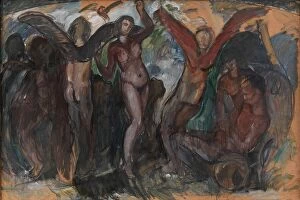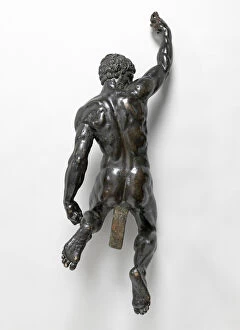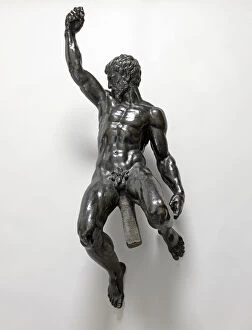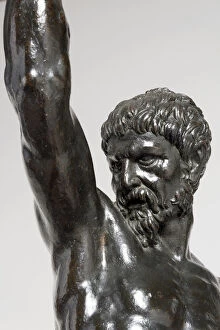Bacchants Collection
In this captivating bronze sculpture, created between 1506 and 1508, we are transported to a world of myth and revelry
All Professionally Made to Order for Quick Shipping
In this captivating bronze sculpture, created between 1506 and 1508, we are transported to a world of myth and revelry. The artist skillfully captures the essence of bacchants, depicting them as nude figures riding majestic panthers. They were followers of Bacchus, the Roman god of wine and ecstasy. Known for their wild and uninhibited behavior, they would partake in frenzied celebrations called "bacchanalia. " This sculpture beautifully portrays their untamed spirit as they ride upon powerful panthers. The choice to depict the bacchants in a state of nudity adds an additional layer of vulnerability and rawness to the artwork. It emphasizes their liberation from societal norms and embraces their primal instincts. The absence of clothing allows us to witness their unadulterated freedom as they surrender themselves completely to the intoxicating energy that surrounds them. The artist's attention to detail is evident in every aspect of this masterpiece. From the intricate musculature on both the riders and panthers' bodies to the dynamic poses that convey movement and vitality, each element contributes to a sense of awe-inspiring realism. As we gaze upon this extraordinary work, we are reminded not only of ancient mythology but also our own human desires for liberation and abandon. The bacchants serve as a timeless symbol for embracing life's pleasures without reservation or judgment. This bronze sculpture stands as a testament to artistic mastery while simultaneously inviting us into a world where inhibitions cease to exist. It invites us alluringly into an eternal celebration where passion reigns supreme – an invitation we cannot resist accepting even if just through our imagination.












